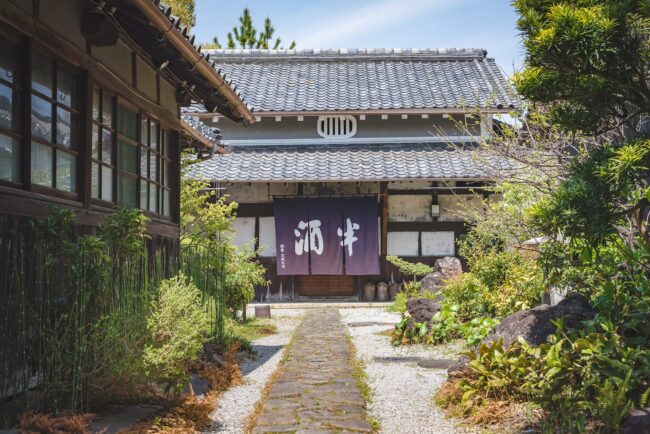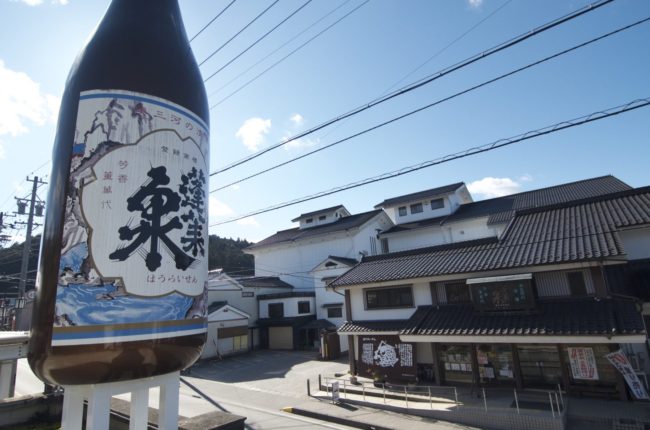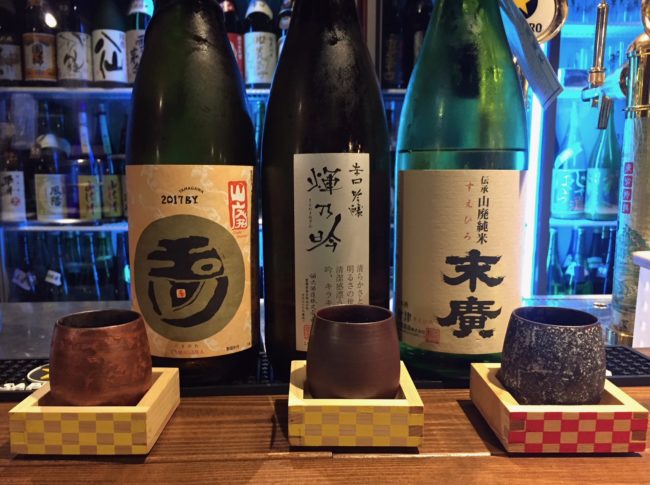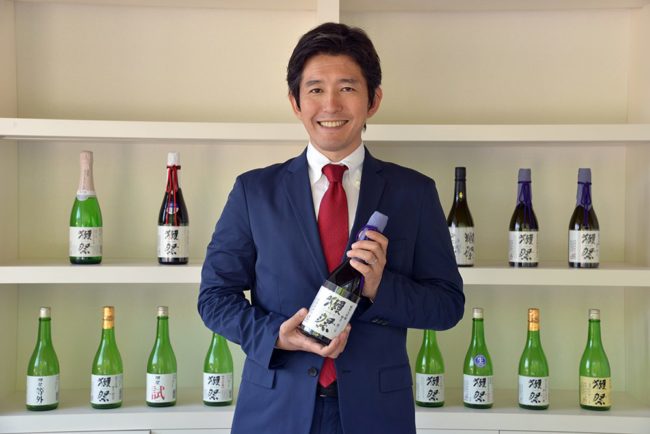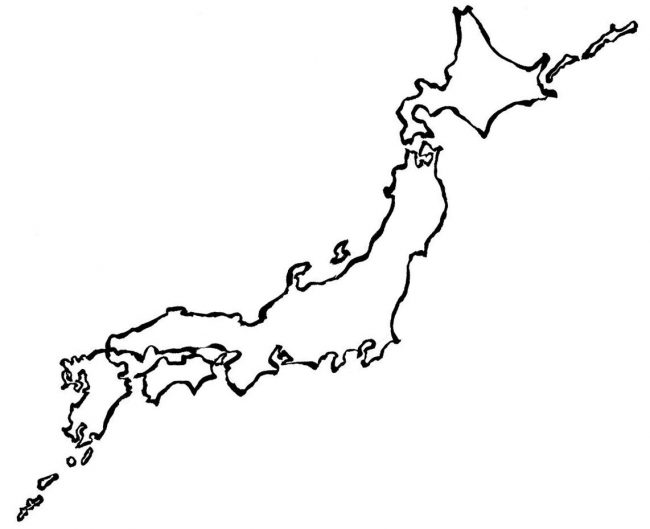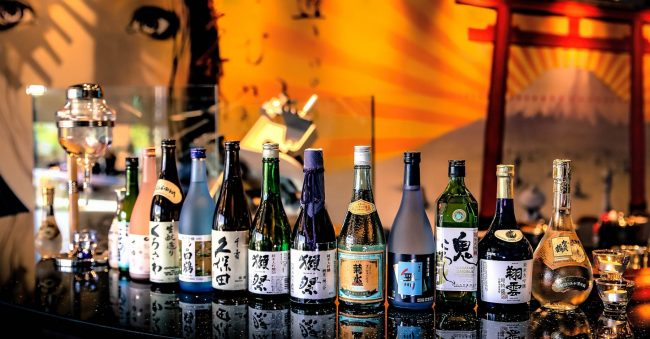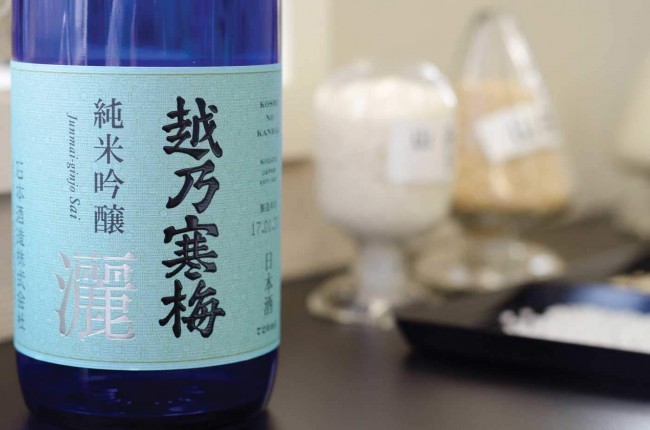Daimon
Change is inevitable. But that doesn’t mean that it always comes smoothly or that it ever proceeds according to plan. In the sake industry, change usually comes slowly and begrudgingly. Sometimes, it comes too late. Sake breweries have traditionally been family-owned and passed down from father to son. If there were no sons, the first…
